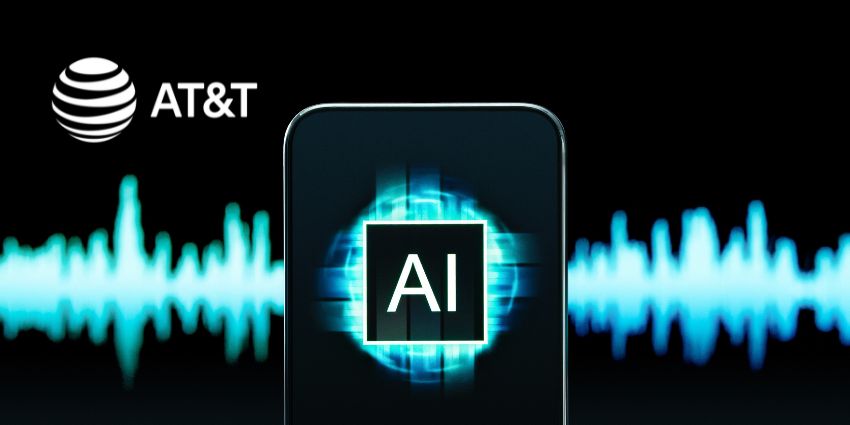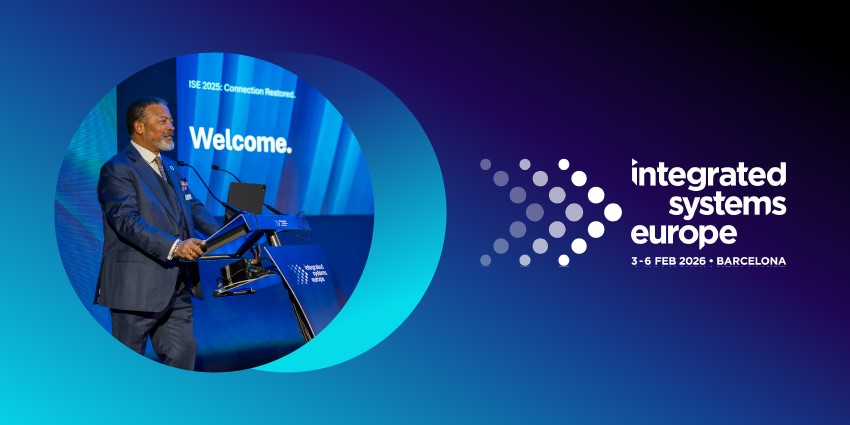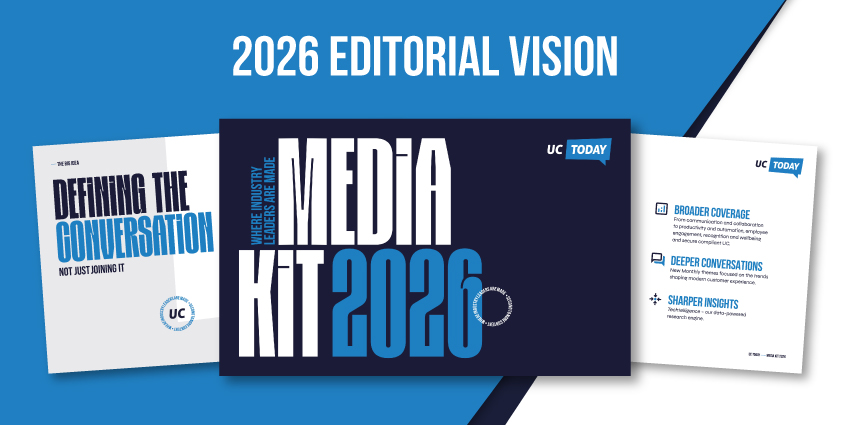In the race to infuse AI across the enterprise, one critical factor is being quietly ignored: voice quality.
No matter how intelligent your AI is, it can’t transcribe, analyze, or act on conversations it can’t hear properly. Yet in a world obsessed with adding more bots, more Copilots, and more digital assistants, few organizations are stepping back to ask: Can our voice infrastructure support this future?
As Doug Jones, AVP of Product Management for Voice & Collaboration at AT&T, puts it:
“Voice is the most primal, primitive form of communication — and it’s still the foundation of everything else.”
In this article, we unpack how poor voice infrastructure—jitter, dropouts, lag—is silently undermining AI investments, from sales to service teams. We also explore why AT&T enterprise-grade connectivity is helping organizations lay a clean foundation for AI-powered collaboration — ensuring that every word gets captured, analyzed, and acted upon with accuracy.
The AI Illusion: Why It All Falls Apart Without Reliable Voice
There’s an illusion spreading across the enterprise: that adding AI tools alone will drive productivity and customer experience gains.
But when you dig into how tools like Microsoft Copilot or AI-based contact center platforms operate, it quickly becomes clear: they are entirely dependent on voice input.
As Jones explains:
“In speech recognition, you need clear, noise-free, well-articulated speech to improve transcription and accuracy. Without good voice quality, your transcription and speech recognition won’t work well — and that’s true across the AI stack.”
It goes deeper. Voice biometrics—used for customer authentication—relies on pitch, tone, and cadence. Emotion recognition depends on voice variation and intensity. If voice quality is poor, entire categories of AI-based insight are lost or distorted.
And when that happens in highly regulated industries such as finance or healthcare, the risks escalate fast.
From Sales to Service: The Frontline Impact
On the front lines, the consequences of poor voice quality are already playing out.
In sales teams, AI-driven Copilot notes and summaries increasingly drive post-call follow-ups. But if jitter or packet loss causes the system to miss key points or confuse action items, that’s lost revenue.
In contact centers, the stakes are even higher.
“Who hasn’t called into a contact center for support and run into a voice quality issue?” asks Jones. “It obviously impacts how customers perceive the business — but it also impacts what the AI can capture, transcribe, and turn into actionable insight.”
AI hallucinations caused by poor voice input can introduce compliance risks too, especially in industries like financial services where call recording accuracy is paramount. Inconsistent transcripts can’t stand up to audit scrutiny. Misinterpreted conversations can result in costly legal exposure.
Why Voice Is Still the Most Critical Business Tool in a Video-First World
In an era where video meetings dominate, it’s tempting to view voice as legacy. That’s a mistake.
“Even in video-first environments, voice is the core of communication,” says Jones. “If you can’t ensure high quality audio—whether in video calls or standalone voice—you risk undermining all of your advanced collaboration and AI capabilities.”
Tim Banting, industry analyst and Head of Research & Business Intelligence for Today Digital, agrees:
“We assume video-first, but audio is embedded in everything. If the audio layer is compromised, the entire AI layer above it collapses.”
And in today’s distributed, mobile-first workforce, the problem is amplified. Remote employees on variable networks, frontline workers connecting from mobile, and executives calling from coffee shops—all introduce new risks for voice clarity.
The AT&T Infrastructure Advantage: Prioritizing Voice for AI Readiness
So how are enterprises hardening their voice layer for the AI era?
AT&T’s approach centers on two key differentiators: network quality and voice prioritization.
Jones explains:
“AT&T operates a very large, reliable IP and fiber network, recognized as America’s fastest internet with the most reliable speeds. But beyond that, we prioritize voice above other data on the network to reduce jitter, packet loss, and latency — preserving the voice clarity needed for AI processing.”
AT&T’s dedicated voice routing ensures that enterprise Teams Phone and contact center traffic consistently delivers the input quality AI needs—whether that’s for transcription, biometrics, or emotion recognition.
And for highly regulated industries?
“We ensure our network and applications are compliant with the appropriate regulatory policies—HIPAA, FINRA, GDPR, and more,” says Jones. “We also use encryption and secure tunneling for voice to meet stringent privacy and data protection mandates.”
The Strategic Call to Action: Don’t Overlook Voice
Jones’ message to enterprise leaders is clear:
“Don’t overlook voice. Don’t overlook the network supporting the voice and the voice applications infrastructure. Voice is the most important mode of communication—underpinning and enabling AI.”
For organizations investing heavily in AI, this is the moment to step back and ensure your foundational layers are ready. Because when it comes to capturing every word, nuance, and insight in the modern workplace—AI won’t save you if nobody can hear you.







